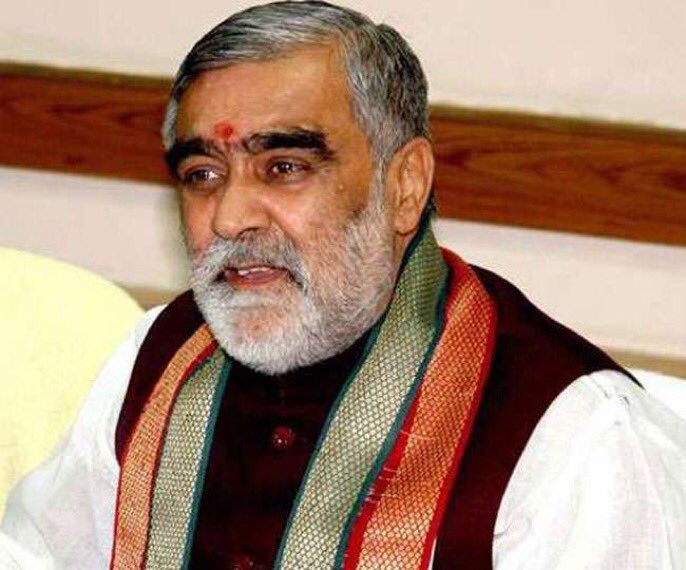Ashwini Choubey highlights impressive decline in Maternal Mortality Ratio

- Country:
- India
Minister of State for Health Ashwini Kumar Choubey Monday said the decline in Maternal Mortality Ratio (MMR) in the past three years has been the highest in several decades and it has come down by 37 points.
His colleague in the ministry Anupriya Patel said India has achieved impressive results in terms of accessibility and quality of services which resulted in reduced deaths of mothers, newborns and children, and improved health outcomes.
The ministers were speaking at a one-day national workshop for orientation of officials of 'aspirational districts' on health and nutrition, organised by the Union Health Ministry in collaboration with the Ministry of Women and Child Development.
Choubey said this is a first-of-its-kind initiative by identifying 117 districts under the 'Aspirational Districts' Programme with an aim to quickly and effectively transform them.
India has made great progress in the context of health indicators and has practically achieved Millennium Development Goal (MDG) targets.
"The decline in MMR has been the highest since the last several decades which has declined by 37 points from 167/lakh live births in 2011-13 to 130/lakh live births in 2014-16 within a span of just three years. This accounts for an impressive 22 per cent reduction in MMR since 2013," he said.
An e-Mitra mobile application, designed to complement the Aspirational District Programme and offering a one-stop solution to access the Reproductive Maternal Newborn Child and Adolescent Health (RMNCH+A) programme related statistics from different sources through a combination of approaches, was also launched by the ministers.
Patel said that the government is committed to achieving the goals of the National Health Policy 2017 and of the Sustainable Development Goals by 2030.
"We have achieved impressive results in terms of accessibility and quality of services which resulted in reduced deaths of mothers, newborns and children, and improved health outcomes overall," she said.
Patel said that in order to address the disparities, which are largely located in pockets within states, the government has identified 117 Aspirational Districts.
"It is expected that sustained and intensive efforts in programme implementation, monitoring and support will improve health and nutrition indicators and ensure that all people have equal access to high-quality health care," she said.
The Prime Minister has coined the nomenclature of aspirational districts, thereby affirming a commitment to improvement in key indicators of these districts, to achieve the vision of a New India by 2022, she said.
V K Paul, Member, NITI Aayog, said that there is a profound responsibility as Aspirational Districts represent 20 per cent of the geographical area and 20 per cent of the population of the country.
Paul stressed the need for making more interventions in these districts and said that it requires a people's movement.
Around 117 districts have been identified for rapid transformation and inclusive growth and the RMNCH+A programme is an important pillar which will be strengthened under the programme.
The operational guidelines on aspirational districts will provide a framework for implementing action to be undertaken for various health initiatives to guide the state, district, block programme officers and other stakeholders in organising various activities, the ministry said.
(With inputs from agencies.)
- READ MORE ON:
- Mental health
- Adolescent health
- Child and Adolescent Mental Health Services
- Reproductive health
- Ministry of Health and Family Welfare
- Ministry of Women and Child Development
- Andhra Pradesh
- Sustainable development
- Sustainable Development Goals
- United Nations
- Millennium Development Goals
- Health and Social Care
- Department of Health and Social Care
- National Health Service
ALSO READ
US Ambassador to the United Nations pays respects to victims during visit to Nagasaki A-bomb museum
United Nations in Somalia hosts career fair for youth
Urgent Reforms Essential to Align United Nations with Modern Geopolitical Landscape: India
Need for increased financing to meet Sustainable Development Goals: AfDB Head










